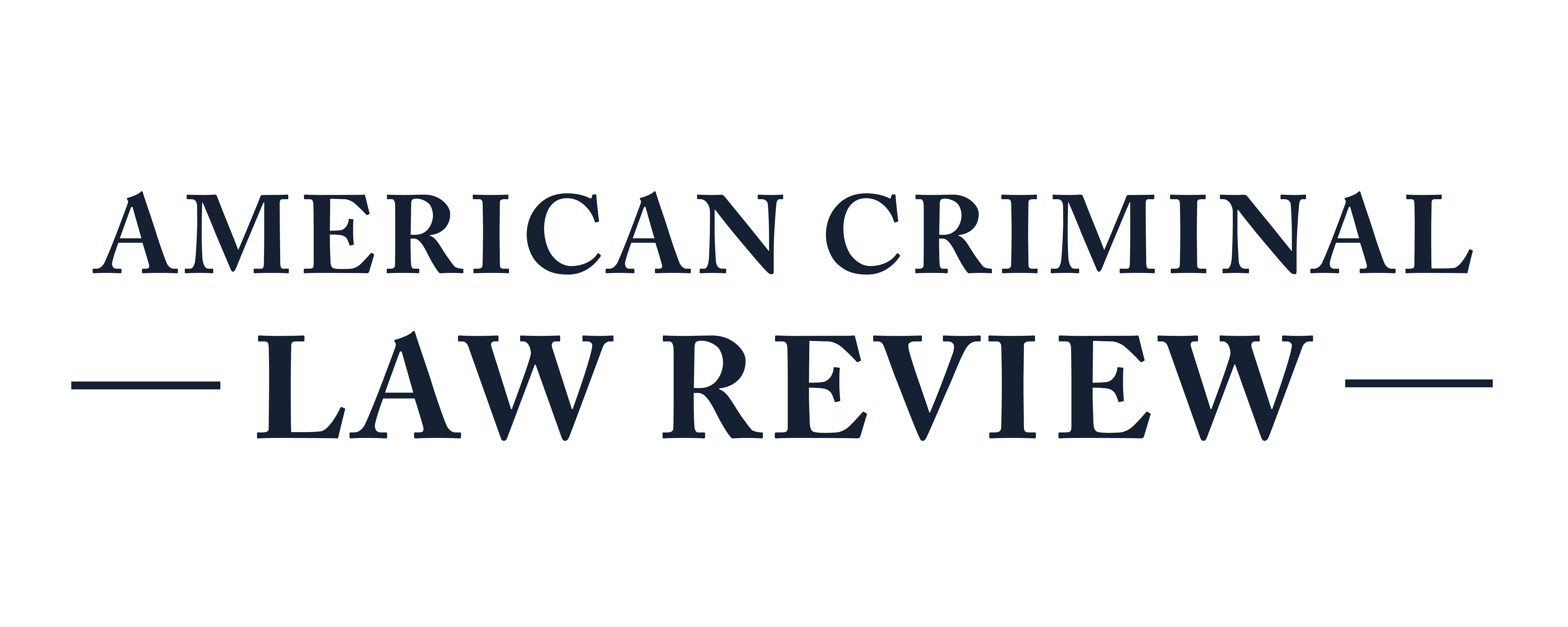"How Much Time Am I Looking At?": Plea Bargains, Harsh Punishments, and Low Trial Rates in Southwest Border Districts
Scholarship on the American trial penalty, vast and diverse, analyzes it in connection with plea bargaining’s dominance, its growth starting in the last third of the nineteenth century, and present-day racial disparities at sentencing. The overcriminalization and quick processing of people of color in southwest border districts cannot be understood without an analysis of how trial sanctions impact illegal entry and drug trafficking in these busy jurisdictions. Professor Ronald Wright wrote about the role of prosecutorial power and plea bargaining in the federal system, but he passed over how and why immigration crimes became widespread. Any discussion of prosecutors and plea bargaining requires an understanding of how they manage illegal entrants and drug couriers—the most prevalent defendants in federal court.
This Article analyzes the reasons for increasing plea rates and trial penalties in the southwest and how they helped enable the proliferation of fast-track programs. The plea-bargaining machine used racial stereotypes and stigmatizations of Latinx and African American populations to justify few trials and process as many migrants and drug couriers as possible. This paper provides practical advice for criminal defense lawyers when representing clients at the plea and sentencing stage of a case. It also unites a discussion of implicit bias to explain why judges disfavor racial minorities.
Subscribe to ACLR
